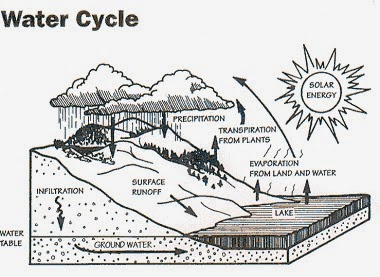VIDEO - Water 2
VIDEO - Water scarcity
Approximately a billion people live without clean drinking water. Imagine if your taps went dry. What would we do? Would you walk to your park to get dirty water for your family as millions of mothers in Africa do every day. More than a six-hour journey to get water each day. The lack of clear and clean water, causes disease. And thousands live their days without the bare necessities. Weakened bodies sadden the heart, one billion people do without. It tears the whole world apart. We call this the water crisis. It's a crisis because every living being needs safe clean drinking water.
Because the accessibility to water affects everything in our life. As human beings need dirt-free and unpolluted drinking water.













